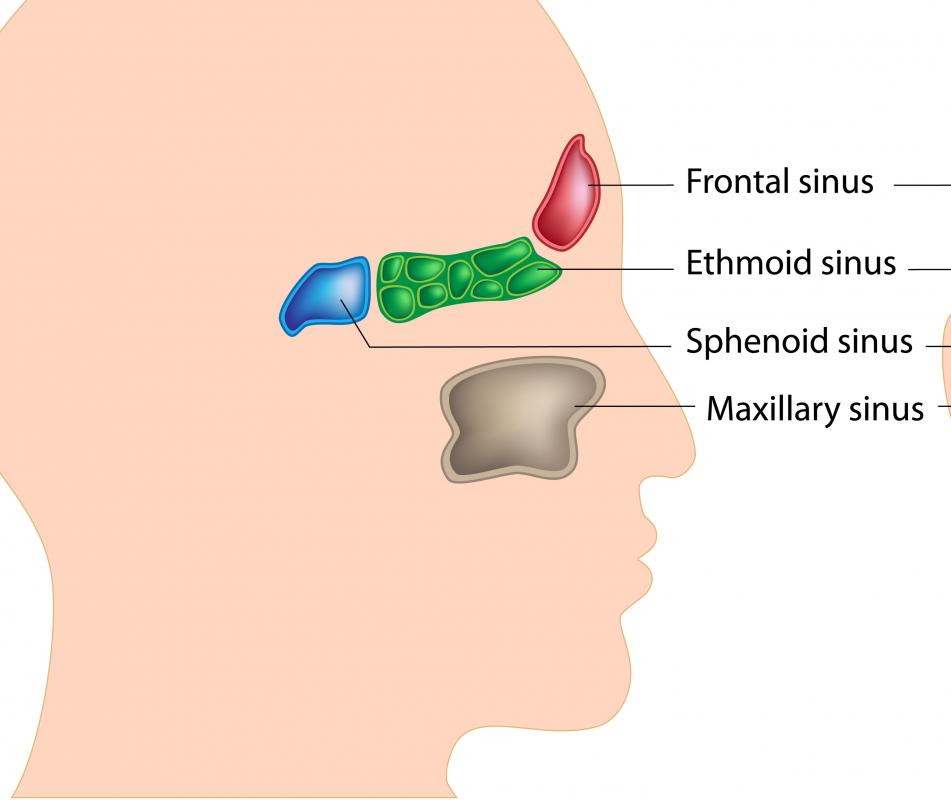At TheHealthBoard, we're committed to delivering accurate, trustworthy information. Our expert-authored content is rigorously fact-checked and sourced from credible authorities. Discover how we uphold the highest standards in providing you with reliable knowledge.
What Is Saddle Nose?
Saddle nose is a nose with a concavity, resulting in relatively reduced nasal length, nasal support, and aesthetics. Aside from giving the nose an unsightly “pug nose” appearance, saddle nose symptoms include nasal obstruction, difficulty breathing, and recurrent respiratory infections. Saddle nose treatment involves knowing the cause, determining the degree of saddling, and performing rhinoplasty.
Causes of saddle nose are genetic, infectious, inflammatory, malignant, autoimmune, drug induced, or trauma associated. Infectious diseases, such as leprosy and syphilis, may also cause nasal saddling. When an infected mother passes on syphilis to the fetus during pregnancy, the infant will have a condition called congenital syphilis, which is characterized by the presence of a saddle nose, blunted and notched upper incisors, inflamed cornea, protruding lower jaw, and short upper jaw. An infant or child with congenital syphilis may also have swollen knees and saber shin, which refers to a malformed and anteriorly bowed tibia.

Inflammatory and autoimmune causes include relapsing perichondritis and Wegener’s disease. In relapsing perichondritis, there is destruction of the cartilaginous structures of the nose, ears, heart valves, eyes, trachea, skin, and blood vessels. In Wegener’s disease, the small and medium-sized blood vessels become inflamed and destroyed by the body’s own immune cells. Aside from a saddle nose deformity that results from destruction of the nasal septum, people with Wegener’s disease have recurrent nosebleeds and respiratory infections, which may be accompanied with neurological, renal, and cardiac problems.

One notorious cause of saddle nose is drug abuse. Cocaine or heroin sniffing can lead to the formation of holes or perforations in the nasal septum, leading to saddling of the nose. Malignant causes include a type of T cell lymphoma called lethal midline granulomatous disease. Malignancies in the paranasal sinuses may also metastasize to the nose, leading to loss of nasal structural integrity and subsequent saddling deformity.

Trauma or previous nasal surgeries can also lead to this kind of deformity. Direct trauma can destroy the bony and/or the cartilaginous part of the nasal septum. When caused by trauma, infection and abscess formation may follow, leading to the need for more intensive treatment. Previous rhinoplasties or nasal surgeries may also lead to this deformity.

Some saddle nose cases require medical intervention based on the underlying cause. Treatment with penicillin is needed for syphilis, while corticosteroids and immunosuppressants are needed for Wegener’s granulomatosis. Surgery is done according to patient preference, underlying cause, and presence of symptoms. When there is nasal obstruction or septal perforation, it is best to do nasal reconstructive surgery or rhinoplasty.
AS FEATURED ON:
AS FEATURED ON:

















Discuss this Article
Post your comments